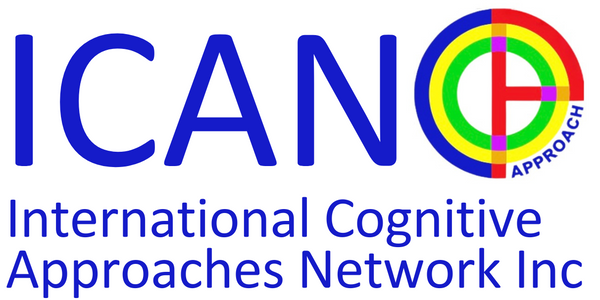Occupational Repertoire Development Measure - Child v2.0

ORDM-C Instructions for Using with Children
The focus of this measure is to understand children’s perceptions of their own occupational development, specifically their competence and repertoire development.
This measure contains approximately 60 occupations (items/pages) within 12 occupational groupings (sections) and takes about 20 minutes to complete if it is done straight through. It can also be used as a tool to engage further discussion.
Instructions
1. Add Participant Code that is provided by the research student _________
2. Refer below or to the measure administration document provided to you on how to use the measure.
Terminology Key
Does do = Parent perceives that the child initiates performance or desire to engage in the occupation with or without help; thus, the occupation is viewed by the parent as part of the child’s repertoire.
Can do = Parent perceives that the child has the ability or some ability to perform the occupation (with or without help) but does not engage in or try to initiate the occupation. The child may or may not have the opportunity to engage in or perform the occupation.
Can't do = Parent perceives that the child has no ability to perform the occupation. The child may or may have had an opportunity to learn how to perform the occupation.
Need Help = Help can mean the perception of need for any form of support (e.g., physical, emotional, behavioural) from others. It does not include using assistive devices or technology.
Opportunity = Opportunity involves both the opportunity to do an occupation that a child can perform or the opportunity to learn how to perform an occupation that a child cannot perform. Opportunity predominately involves having access to be able to perform or engage in the occupation.
Measure Administration
Ask the child the question as posted above the animated images on each page (for each item/occupation; i.e., the child is asked if they perceive that they DO the occupation/s that you are showing to each page).
I DO THIS means that the child perceives that they engage in this occupation. The meaning of this for each child will be from their own perspective.
If the child responds, “I do this” to the question, then you ask them (or the child reads) two more questions about this occupation:
1) “How well do you do this?”
2) “How much help do you need to do this?”
I DON’T DO THIS means that the child perceives that they don’t engage in this occupation. The meaning of this for each child will be from their own perspective. If the child responds, “I don’t do this” to the question, you ask (or the child reads) three more questions:
1) “Can you do this?” [Asks about perceive performance and competence]
2) “Do you want to do this?” [Asks about interest]
3) “Have you had a chance to do this?” [Asks about “opportunity” to do. If the child says they “can” do it, the opportunity means they don’t have the opportunity to engage. If the child says they can’t do it, then opportunity means the opportunity to learn.
Additional occupational information: For each occupation/item, there is space for you to record relevant information about the child’s occupational development. You can record other activities or tasks that the child says they “do” do OR “can” do that are related to the specific occupation or name specific occupations that would fit with the item/occupation.
